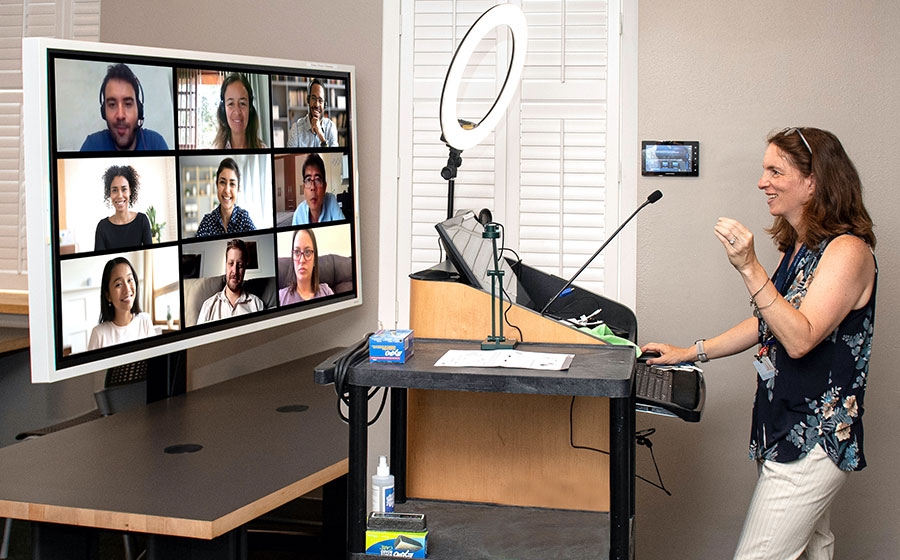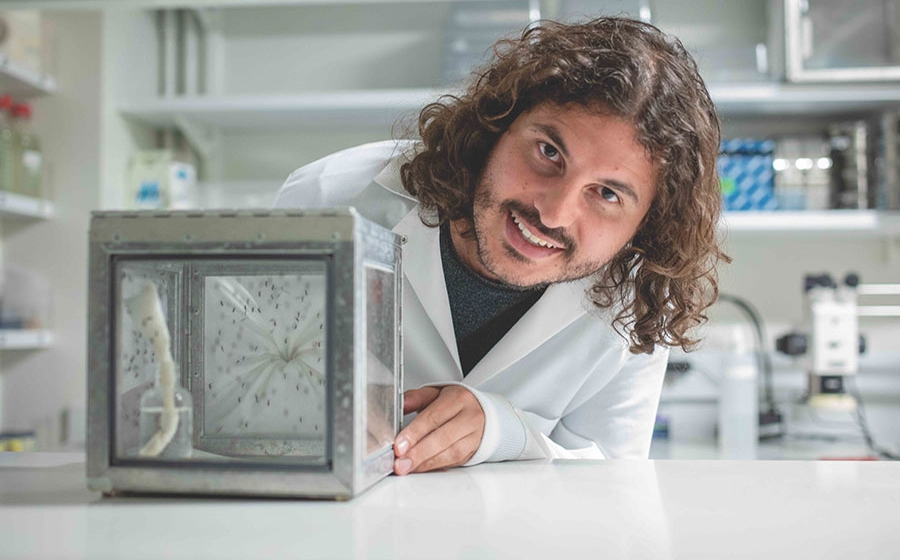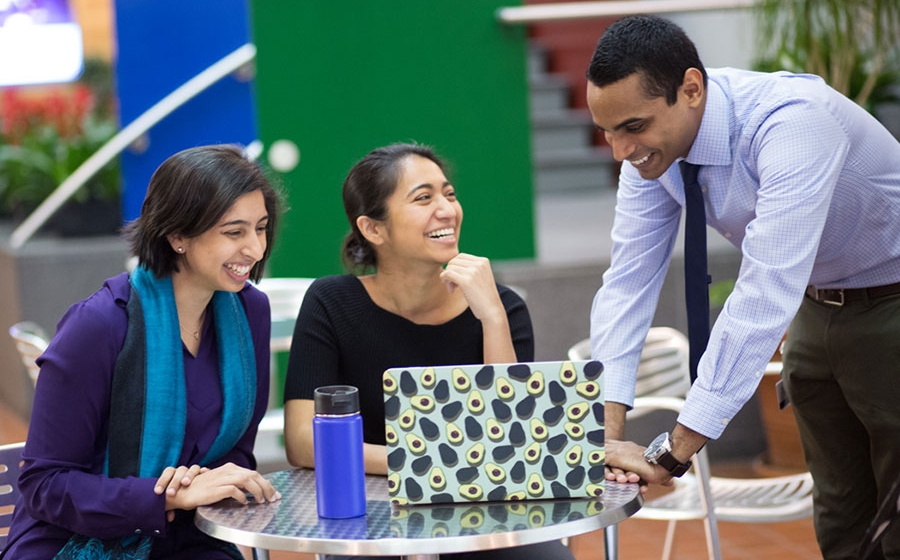Progress and Purpose
Accomplishments and Priorities in Pursuit of our 5-Year Strategic Plan Goals.
Published in Fall 2018, the Bloomberg School’s strategic plan was designed to set a course for the ensuing five years. It is built upon the principle that our world is constantly changing and we must relentlessly adapt to new challenges. We could not have imagined then what the following three years would bring. While the power of public health has been on full display, so has its fragility. Our world has been upended not only by the pandemic but also by a long-overdue reckoning with inequity, racism, and injustice. Throughout this time, our strategic plan has served us well as we blazed new trails, focusing our attention and directing our work on the power of education, science, partnerships, people, and advocacy. The past three years validated the critical and complementary contributions of both the basic and applied sciences, showing that our breadth and depth set us apart and allow us to lead in our field during challenging times.
Looking to the future, we are taking the time to evaluate our progress, examine areas for improvement, and chart a course for the years ahead.

The global influenza pandemic in 1918 jump-started the School’s growth and influence as a leader in research and public health training. More than a century later, another pandemic has similarly provided a new set of challenges and opportunities for our institution, propelling us forward into the next century. When the novel coronavirus arrived, the field of public health was already hobbled by decades of neglect and held back, at times, by politics. As the virus spread, public health rose to the fore of the national consciousness—the public used terms like “herd immunity” and “flattening the curve.” The Bloomberg School experienced an enormous increase in interest and enrollment in our formal academic programs, as well as our massive open online courses. Our Coursera-based contact tracing course has been accessed by more than 1.3 million learners from 150 countries. We were at the forefront of COVID-19 research, contributing to the development of novel diagnostics and therapeutics, characterizing the infectiousness of variants, measuring mental health and economic impacts, and modeling resource needs in the U.S. and globally. Our world-class public health faculty were called upon to explain the epidemiology of the pandemic and provide expert opinions and testimony to scientific, policy, and general audiences. Our staff worked tirelessly alongside our faculty to support these efforts, enabling us to maximize the impact and reach of our work. And throughout the pandemic, we have remained steadfast in our commitment to work in Baltimore and with communities in need around the world.

At the same time, we saw an unprecedented backlash against public health professionals and an increasing mistrust of science, as individual preferences and beliefs clashed with the needs of the community. And, the pandemic was not the only challenge of the time. Other critical international and domestic issues included climate change, systemic racism, violence, inadequacies of our food system, addiction and overdose, sexually transmitted infections, chronic diseases, and trauma. All highlight the critical need for us to remain attentive to acute problems facing the U.S. and the world. We spearheaded an effort to stand up for public health and forcefully called out racism as a public health priority. And we elevated our commitments to inclusion, diversity, anti-racism, and equity (IDARE) and to communications and advocacy by establishing leadership positions for each within the School.
Soon after our 2019–2023 strategic plan was published, we were provided with an extraordinary opportunity to re-envision our physical campus. This would involve expanding the current footprint of the Bloomberg School into space adjacent to our main building on N. Wolfe Street. This new space will not only accommodate our existing and future growth, it will provide opportunities to re-engineer how we work together and with the surrounding community to further our mission. We again turned to our strategic plan for guidance and framed our feasibility study around its five strategic pillars to unleash the full power of public health. Specifically, we want to build a physical space that fosters interdisciplinary and cross-departmental research; enhances our education for tomorrow’s learners in Baltimore and around the world; opens our doors to the community locally and globally in a way that will expand our partnerships; and cultivates a diverse, inclusive, supportive, and sustainable environment for all faculty, students, staff, and the individuals and organizations with whom we collaborate.

We are proud of our accomplishments over the past three years, and continue to set our sights on being a leader now and moving forward. The coming years present many opportunities for our School community, including growth in the number and diversity of our students and faculty, plans for a new building, increased partnerships and collaborations, and a deepening commitment to Baltimore. There will be challenges, but as we have demonstrated over the past three years, focusing on our priorities, adapting to challenges, and capitalizing on our strengths will allow us to harness the power of public health to advance a healthier and more equitable world.
This midterm update of our strategic plan describes our progress to date and identifies areas for growth. As we reflect on the evolving landscape in which we teach, discover, practice, collaborate, and inform, we share ways in which we will complete our five-year commitment to lead even as the world changes around us.
